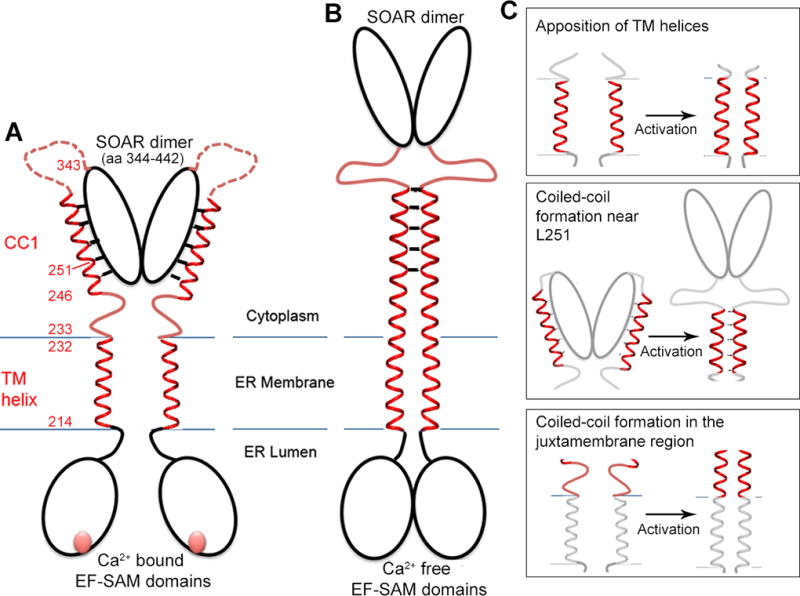Figure 1. Structural hypotheses on STIM1 activation tested in this work.

A, Cartoon of the inactive STIM1 dimer. The EF-SAM domains comprise residues 58–201 of each monomer; the transmembrane (TM) helices, residues 214–232; the CC1 regions, residues 233–343; and SOAR/CAD, residues 344–442. The CC1-SOAR/CAD interface of inactive STIM1 is portrayed as spanning CC1 residues L248–L261, based on literature cited in the text. The cartoon depicts one possible configuration of inactive STIM1, in which the Ca2+-bound STIM1 EF-SAM domains do not interact and the transmembrane helices are spatially separated. An alternative configuration in which the luminal domains in cells are stabilized in close proximity, but the transmembrane helices are held apart, would yield similar data in our experimental tests. B, Cartoon of the hypothesized active state of STIM1. The defining feature of active STIM1 is the release of SOAR/CAD from CC1. It has been proposed that SOAR/CAD release is triggered by burial of L251 and surrounding residues of the CC1-SOAR/CAD interface in the core of a CC1-CC1 coiled coil (Zhou et al., 2013). C, The three hypotheses tested— Upper, that the TM helices come together upon activation; Middle, that activation coincides with the formation of a coiled-coil in the region of CC1 containing L251; Lower, that activation entails helical apposition along the entire segment connecting the TM helices and the CC1-SOAR/CAD interface surrounding L251. The STIM1 mutants examined and their phenotypes are summarized in Table S1.
